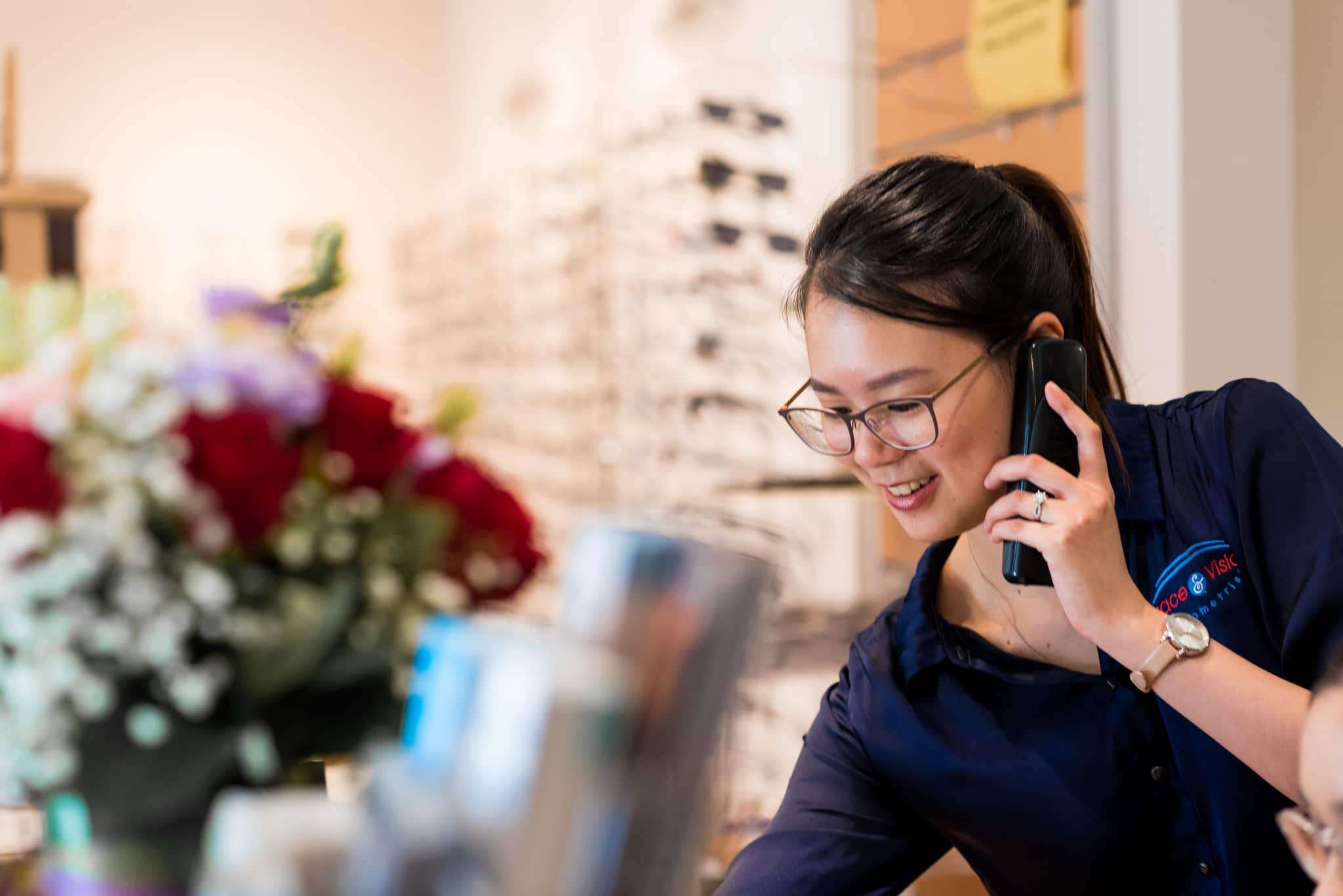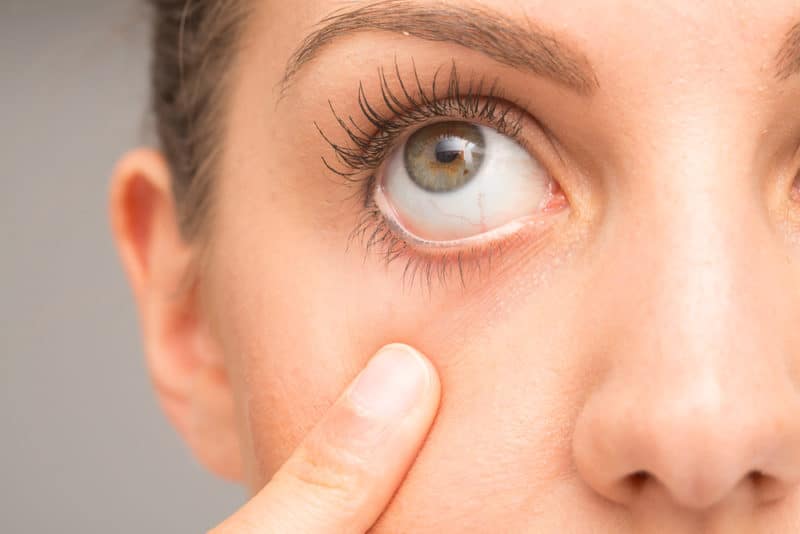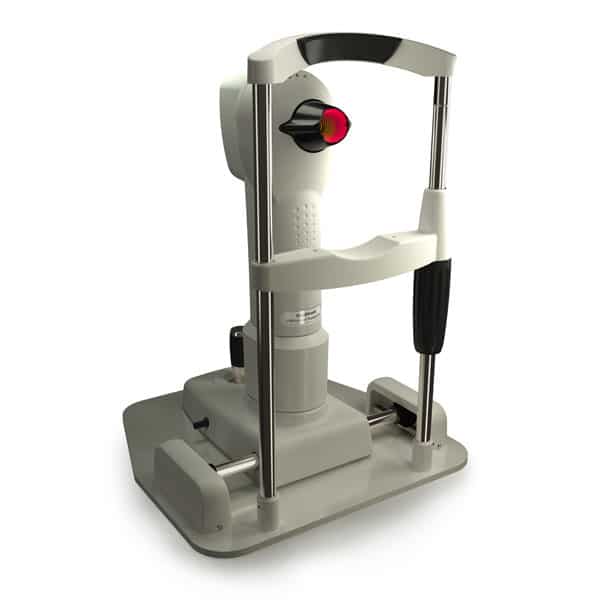Contact Lenses: Tips and Tricks
Why Buy From Your Optometrist?

- No risk of receiving counterfeit goods – we make sure the contact lenses come directly from the manufacturing company.
- No risk on comfort – we will ensure you find the perfect fit and prescription of contact lenses for your eye. Different lens designs are made with different technology and materials, so it is important to consult an optometrist before changing brands or types.
- No risk on lens quality – we make sure the contact lenses are stored in the correct temperature and environment to maintain their safety and durability.
- No risk on lagging behind – we make sure to keep you up to date with the latest advances or recalls on contact lenses and solutions.
If you have any questions, or would like to discuss more contact lens options, we would be pleased to arrange an appointment at your convenience!
How To Maximise Comfort

To make sure your contact lenses are comfortable and giving you the best possible vision, there are a number of tips you can try to improve any discomfort.
- For first time wearers: you may be very aware of the new sensation as your eyes are not used to it. This sensation usually goes away after some time to adapt!
- Regularly replace contact lenses to keep them fresh and free from built up protein.
- Wearing your lenses for longer than prescribed may save a few dollars but places your eyes at serious risk!
- A lubricating eye drop will help keep your eyes and contact lenses fresh and moist. Please check with your optometrist before doing so, as not all lubricating drops are suitable for contact lenses!
- Keep your eyelids healthy. Oil glands around the eye are responsible for producing oil that stops your tears from evaporating and your lenses feeling from feeling dry. Use a hot moist towel to massage your eyelids to keep oil glands open.
- Clean your eyelashes with an antibacterial eyelid scrub to remove makeup, gunk and bacteria
- Wear sunglasses when outside to protect your eyes from the sun
Contact lenses are like shoes – they are not all the same and can be quite uncomfortable if not fitted properly. That is why it is so important to have your contact lenses fitted with an experienced and qualified optometrist. Our optometrists make sure to choose the right fitting contact lenses for you so that you do not run into this problem!
Top Ways To Minimise Infection

Your exact care and maintenece routine may be different to others depending on the lens material and your unique requirements. However here are some general rules:
- Cleanliness: Make sure hands and fingernails are clean
- Wash, rinse and dry hands thoroughly with a lint-free towel
- Avoid hand-soaps with cream, lanolin or perfumes
- Try to use pump soaps, rather than soap bars
- Avoid scratches: Hold contact lenses with your finger tips, not your fingernails
- Especially important for hard lenses as scratches, cracks or chips can damage your cornea and harbour bacteria.
- Avoid contaminants: Insert contact lenses before applying makeup
- Never use tap water to rinse/clean your lenses
- Always use multipurpose solution to rub and rinse your lenses before and after use to remove dust and bacteria
- Always use fresh solution every day. Do not re-use solution
- Contact lens cases should be replaced every 3 months as they can grow bacteria
- Replace regularly to ensure they stay fresh and clean
- Don’t re-use daily lenses
- Avoid substituting solutions without consulting your optometrist as every solution has different ingredients and some people may suffer allergic reactions.

Equipment Spotlight:
Corneal Topographer
A corneal topographer is a non-invasive instrument which maps the curvature of the cornea and outer-part of the eye. Corneal topography is essential in allowing optometrists to fit custom contact lenses.
It is also used to diagnose eye conditions such as keratoconus, Terrien’s marginal degeneration, or monitor pterygium.
For more on our range of technology and equipment, click here!